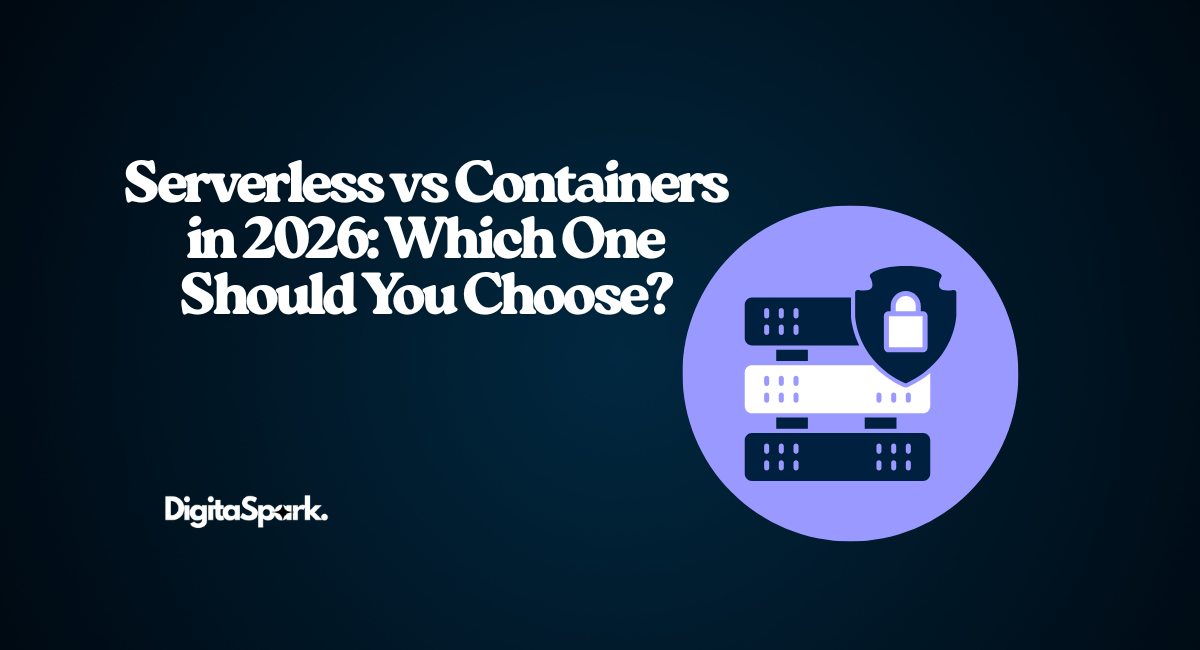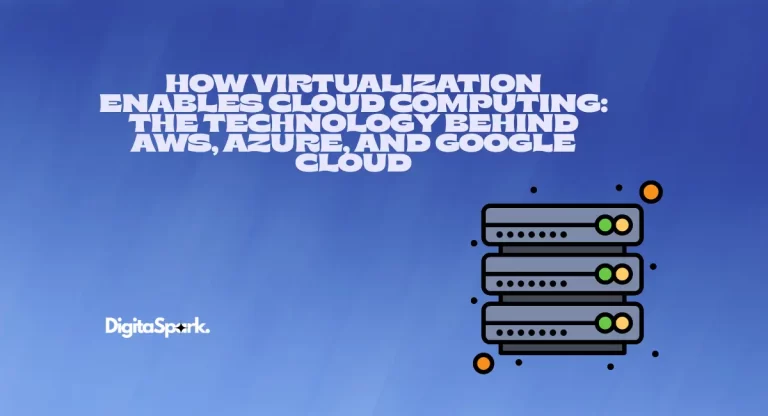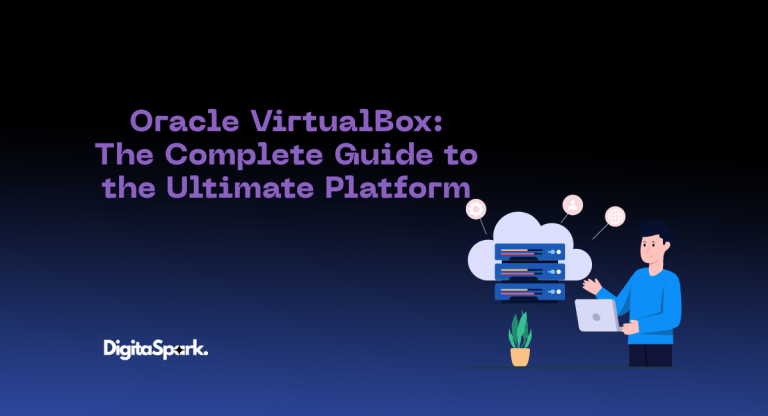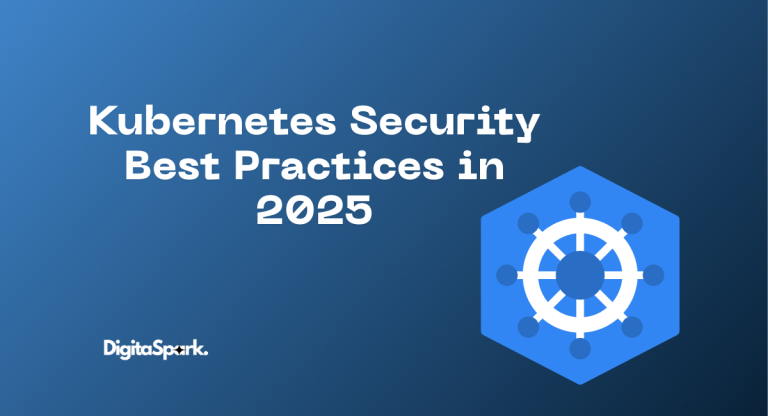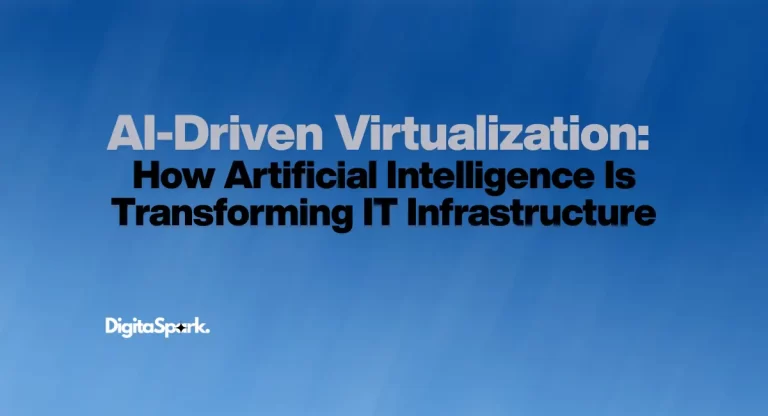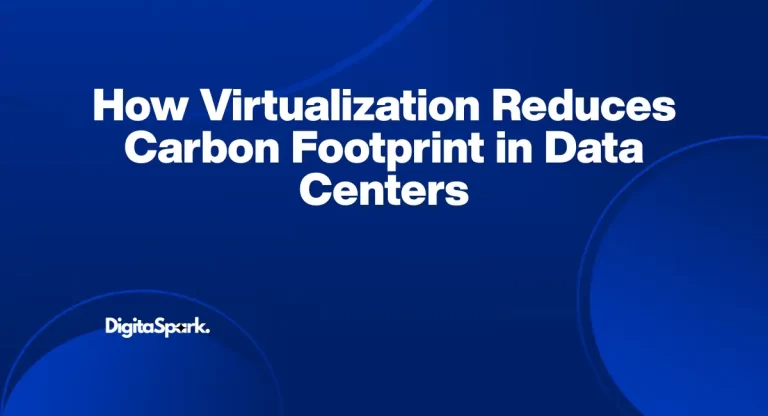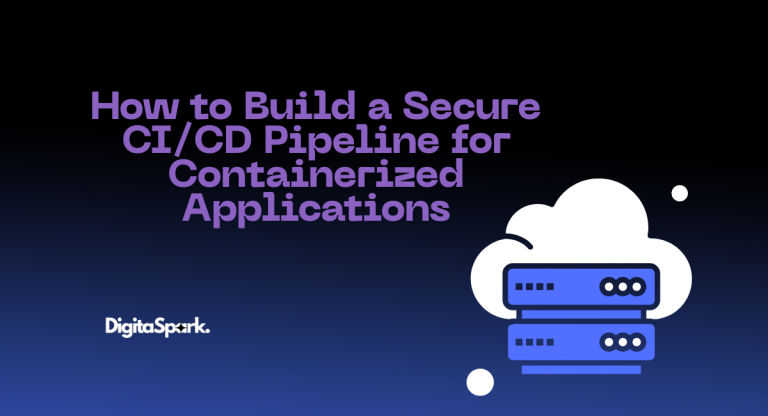Serverless vs Containers in 2026: Which One Should You Choose?
The “serverless vs. containers” debate is one of those tech conversations that just won’t quit. If you’ve been following cloud computing trends for a while, you know exactly what I mean. Every few years, someone confidently declares that one will “kill” the other, yet here we are in 2026, and both are stronger than ever.
So why does this debate keep coming up? Well, because both serverless and containers completely changed how we build, deploy, and scale applications. And both keep evolving so fast that the answer to “which one should I choose?” isn’t as straightforward as it might sound.
I’ve been in the tech world long enough to remember when setting up a production environment meant physically racking servers in a data center, installing operating systems, and holding your breath every time a big traffic spike hit. Back then, keeping a site alive during peak demand was as much luck as skill. Fast forward to today, and developers have incredible tools that abstract away most of that pain. Containers and serverless are two of the biggest enablers of that shift, but they do it in very different ways.
This makes the decision more complicated than a simple coin toss. In 2026, choosing between serverless and containers necessitates carefully examining your workloads, team, finances, and long-term objectives. We’ll examine both options in-depth in this post, as well as their advantages and disadvantages, and we’ll look at actual business applications. By the end, you ought to know for sure whether serverless, containers, or perhaps a combination of both is the best option for your upcoming project.
What Do We Mean by Serverless and Containers?
Let’s quickly define our terms before going deeper.
We don’t mean that there aren’t any servers when we say “serverless”. The cloud provider oversees the servers in the background, but they are still present. The provider (AWS Lambda, Google Cloud Functions, Azure Functions, etc.) handles infrastructure provisioning, scaling, and management; you only need to write functions or brief bits of code. Only the actual time your code runs is charged to you. When you want to concentrate only on logic and delegate all of the clumsy backend tasks to someone else, serverless computing excels.
In contrast, containers are small, portable environments that bundle your application and all of its dependencies into one package. Consider the use of platforms such as Kubernetes, ECS, or OpenShift for the deployment and orchestration of Docker containers. With containers, you have much more control over resource allocation, libraries, scaling rules, and runtime environments. They are the preferred choice for complex systems and microservices where customization and predictability are crucial.
In short:
- Serverless = maximum abstraction, minimum infrastructure headaches.
- Containers = flexibility, control, and consistency across environments.
How Far They’ve Come by 2026
It’s wild to think about how much both serverless and containers have matured.
The notorious “it works on my machine” issue was resolved when Docker took off in the mid-2010s. Developers could now package apps and run them in the same way on any platform, including laptops, virtual machines, and the cloud. Containers swiftly emerged as the foundation of contemporary DevOps after Kubernetes added orchestration superpowers.
In 2014, serverless began with AWS Lambda. It was initially written off as something that was only helpful for cron jobs or small scripts. However, it developed into a significant platform over time. By 2026, serverless is more than just launching basic functions; we’re talking about sophisticated backends, real-time data processing, IoT event streams, and machine learning inference—all of which are developed serverless first.
Now in 2026, the landscape looks like this:
- Containers dominate in industries that require compliance, custom environments, or heavy workloads like AI training.
- Serverless rules in event-driven apps, unpredictable traffic scenarios, and startups looking for maximum agility.
Neither has faded into irrelevance—in fact, they’re often used side by side.
Why Developers Love Serverless
If you’ve ever managed an app that suddenly blew up in popularity—say, a viral campaign or a flash sale—you know how stressful scaling can be. Serverless takes that stress away.
Here’s why developers are drawn to it:
- Auto-scaling magic: Functions scale instantly, up and down, without you lifting a finger.
- Cost efficiency: You pay for what you use. No more bills for idle servers.
- Speed of development: Spin up new features in minutes. No infrastructure babysitting.
- Focus on business logic: You spend more time coding features and less time patching servers.
In 2026, serverless isn’t just for small side projects. I’ve seen mid-sized SaaS companies run entire backends on serverless and enterprises offload complex event-driven pipelines onto it.
But let’s not pretend it’s perfect.
Where Serverless Struggles
Serverless comes with its own set of gotchas:
- Cold starts: If your function hasn’t been used recently, it might take a second or two to spin up. That’s fine for batch jobs but painful for latency-sensitive APIs.
- Vendor lock-in: Once you’ve deeply invested in AWS Lambda’s ecosystem, moving to Azure Functions isn’t exactly plug-and-play.
- Limited runtime control: You’re bound by the provider’s rules—timeout limits, memory ceilings, and approved runtimes.
For some teams, these limitations are minor annoyances. For others—especially in industries where performance or compliance is non-negotiable—they’re dealbreakers.
Why Containers Still Reign Supreme
Containers, on the other hand, are like having your own customized toolbox. You decide what goes in and how it’s used.
Here’s why they remain so popular:
- Consistency everywhere: Build once, run anywhere—from your laptop to production clusters.
- Full control: Want a custom runtime or specific security policy? Containers give you that freedom.
- Mature ecosystem: Kubernetes is practically the backbone of enterprise cloud deployments now.
By 2026, containers aren’t just about microservices. They’ve spread into edge computing, AI/ML pipelines, and even gaming backends. If you need predictability and flexibility, containers are often the go-to.
The Downsides of Containers
But with great power comes great… complexity.
- Management overhead: Running Kubernetes at scale isn’t exactly beginner-friendly.
- Idle costs: Unlike serverless, you’re often paying for resources whether they’re fully used or not.
- Learning curve: Orchestration, monitoring, and securing containers take real expertise.
For startups with small teams, containers can feel like using a sledgehammer to crack a nut.
Real-World Case Studies
To really humanize this, let’s look at how actual companies are using these technologies in 2026.
- Netflix: Still heavily invested in containers for its microservices, because it needs total control over performance and resiliency. But they also use serverless for tasks like real-time log analysis and operational automation.
- Airbnb: A hybrid model. Core booking services run in containers for predictability, but serverless powers things like sending notifications or resizing images uploaded by users.
- Fintech startups: Many new players in the fintech space build MVPs using serverless because it lets them move fast without worrying about infrastructure. Once they scale and compliance becomes critical, they often migrate certain parts into containers.
- E-commerce: Retailers love using containers for catalogs and payment systems but switch to serverless for unpredictable surges in traffic—like during Black Friday or flash sales.
Notice the trend? It’s rarely just one or the other. Most companies mix and match.
Security in 2026
Security is another big piece of the puzzle.
With containers, you’re in charge of patching, scanning images, and securing the runtime. Kubernetes has gotten much better at security, but it still requires constant attention.
Serverless, by contrast, hands much of that responsibility to the provider. That’s great if you trust them—but also risky if you need very specific compliance guarantees. In industries like healthcare or finance, containers often win out simply because organizations need more control.
The Cost Question
Is serverless always cheaper? Not really.
In 2026, the general rule still holds:
- Serverless is cheaper for unpredictable or low-volume workloads.
- Containers are more cost-effective for steady, high-volume apps.
Think of it like renting vs owning a house. Renting (serverless) is great if you don’t know how long you’ll stay or what your needs will be. Owning (containers) makes sense if you’re stable and want more control.
Which Should You Choose?
So, how do you decide? Here’s my rule of thumb:
- Go serverless if you’re a startup, a small team, or you’re building event-driven apps with unpredictable workloads.
- Go containers if you’re an enterprise, need strict compliance, or want full control over your environment.
- Go hybrid if you’re somewhere in the middle. Use serverless for bursts, background jobs, and automation; containers for core systems that need reliability and customization.
Final Thoughts
The truth is, the debate between serverless and containers in 2026 isn’t really about one “winning” over the other. Both are mature, powerful technologies that shine in different contexts.
What excites me is how much flexibility developers have today. Ten years ago, building scalable systems required massive upfront investment in hardware and ops expertise. Today, with serverless and containers, even small teams can build resilient, global-scale apps.
And honestly, I don’t think the debate will ever fully end. The line between them keeps blurring as providers add more features and hybrid approaches become the norm. But maybe that’s the point—it’s not about choosing one winner. It’s about choosing the right tool for the right job.
So, serverless vs. containers—which one should you choose? My answer: choose the one that aligns with your team, your goals, and your workloads. And don’t be afraid to use both. That’s the beauty of 2026—we have the freedom to pick what works best.

